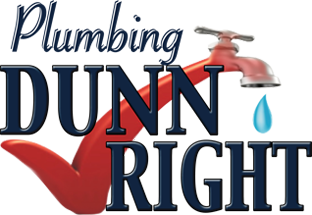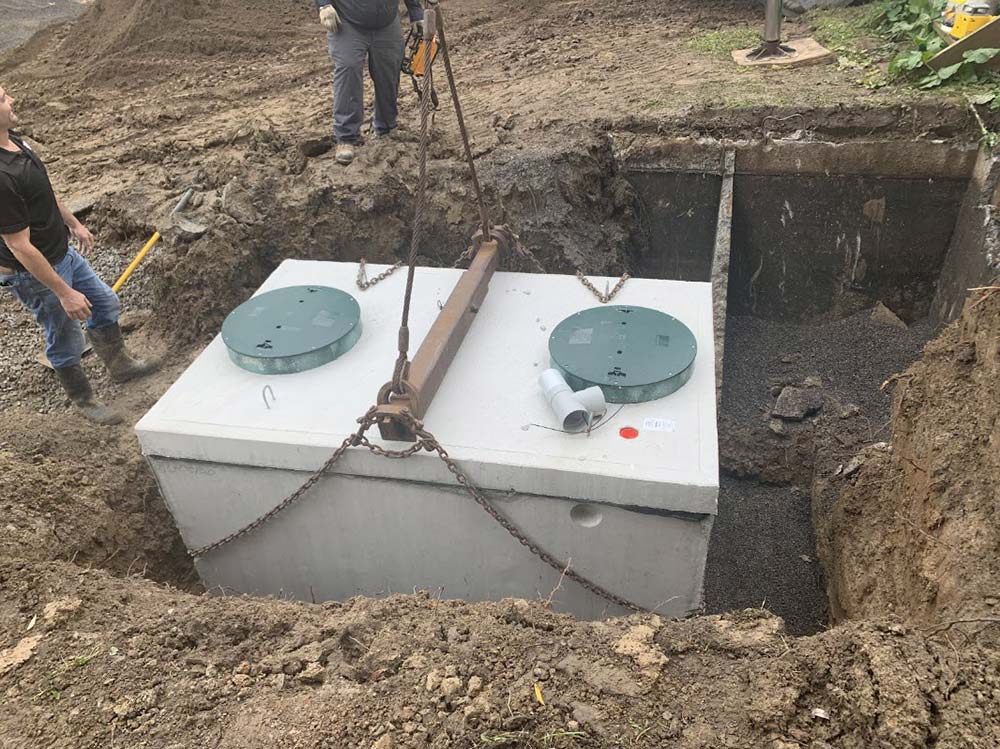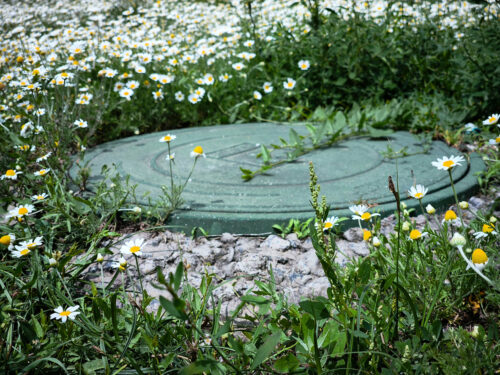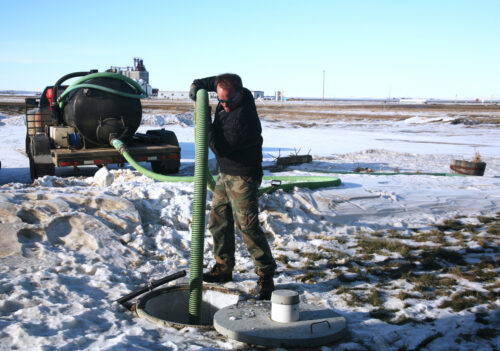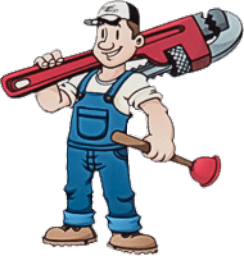Planning a septic system install in a rural area can be daunting, but with the right information and guidance, it can be done smoothly and efficiently. At Plumbing Dunn Right, we specialize in septic tank installation and repair, and we’re here to help you navigate the process.
How the System Works – Guide to Septic Systems
A typical septic system consists of:
- An underground tank
- A distribution line
- A soil absorption drainage field
Here’s how it works:
- Wastewater Exit: Wastewater leaves the home through an underground pipe connected to the septic tank.
- Separation: Baffles in the tank slow the incoming wastewater and prevent sewage from flowing directly through. Heavier solids settle as sludge at the bottom.
- Treatment: The system relies on bacteria to digest and clean the wastewater. These bacteria turn solids into liquids and gases.
- Absorption: The septic tank conditions wastewater to reduce clogging, making it more readily absorbed into the soil.
Where to Install Your Septic System
When choosing a location for your septic system, consider the following:
- Distance from Water Sources: Avoid contamination by keeping the tank away from wells, springs, or other water sources.
- Proximity to Buildings: Place the tank at least 10 feet away from any building.
- Flooding and Terrain: Avoid swampy areas, flood-prone areas, and steep slopes (greater than 25%) to prevent difficulties during construction and potential slides.
- Permanent Cover: Ensure no permanent cover, such as concrete, is placed over the tank or lateral lines.
Avoiding Problems
External Care
- Know the Location: Always know where your septic tank is located.
- Avoid Heavy Equipment: Do not drive over or compact the soil with heavy equipment.
- Prevent Covering: Avoid building anything on top or covering the septic system with concrete.
- Divert Drainage: Redirect roof drainage and downspouts away from the system.
- Manage Vegetation: Keep deep-rooted vegetation away to prevent root intrusion.
- Garden Placement: Never plant a vegetable garden over the lateral field to avoid contamination.
Internal Care
- Proper Disposal: Only biodegradable items belong in your system. Avoid sanitary napkins, disposable diapers, cat litter, etc.
- No Oils or Chemicals: Do not dispose of cooking oils or toxic chemicals (paints, pesticides, etc.) in the system.
- Choose Detergents Wisely: Use low-phosphorus, liquid laundry detergent.
Maintenance
- Limit Garbage Disposal Use: This can double the solids in your system.
- Space Water Usage: Avoid heavy water usage at once, and repair any leaks promptly.
- Pumping: Regularly pump out solids from the tank to prevent clogging. Treat it like a car tune-up—do it before problems arise.
Indications of a Problem
- Green, Spongy Grass: Over the system, this can indicate an issue.
- Slow Draining: Toilets, showers, and sinks taking longer to drain.
- Sewage Odors: Noticeable especially after rain.
- Surface Liquids: Gray or black liquids surfacing in the yard or backing up in fixtures.
When Problems Arise
- Report First: Inform your Township before repairs.
- Call a Contractor: Contact a licensed contractor with detailed information.
- Costs: Repair costs can vary significantly; address issues early to avoid higher expenses.
Septic System Laws & Building Code
All septic systems in Ontario are regulated by the Ontario Building Code (OBC), which requires a permit for construction, installation, extension, enlargement, or alteration of any on-site sewage disposal system. Contact your local septics enforcement for more information.
Alternative Sewage Systems
- Holding Tanks: Store wastewater, then pump and truck off-site for treatment.
- Aerobic Systems: Introduce air into wastewater treatment, requiring more maintenance but providing higher treatment levels.
- New Technology: Research into improved systems, better biological treatment media, and systems using wetland or aquatic plants is promising.
- Lagoon: Ideal for properties with high clay content soil, evaporates liquid waste.
- Mound System: Effective for high clay content soil or shallow groundwater.
- Sand Filter: Forces effluent through a sand bed, ideal for small areas or shallow bedrock.
Living with a water well and septic system requires regular maintenance and adherence to local regulations to ensure safety and functionality. At Plumbing Dunn Right, we’re here to help with all your septic system needs. Contact us today for more information and assistance with your installation or repair project.
